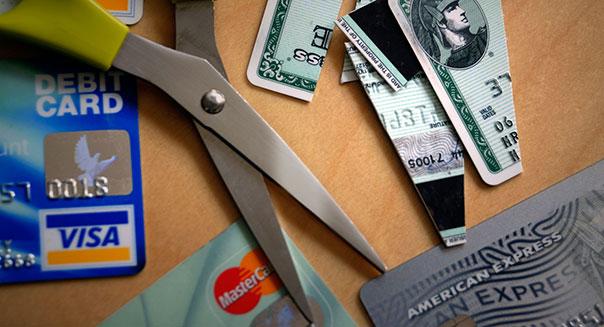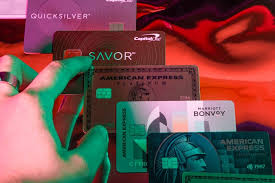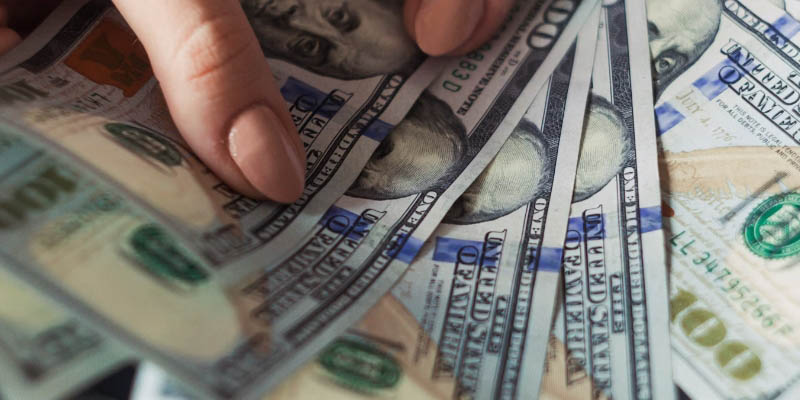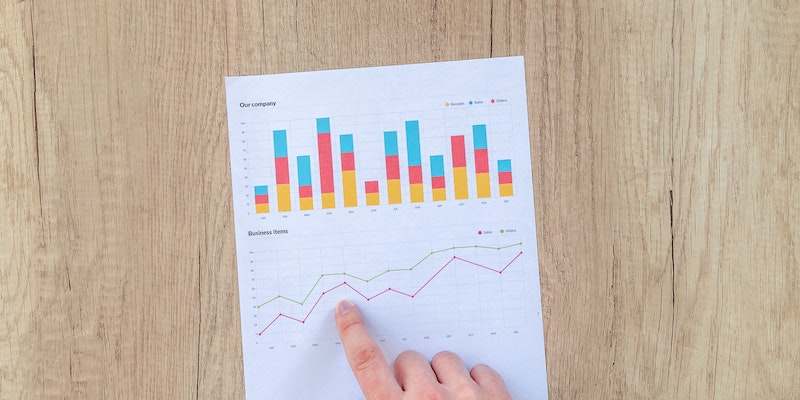To reduce the total amount of your monthly credit card payment, you will need to implement several successful techniques to reduce your outstanding balances or your interest rate, which will, in turn, reduce the amount of your monthly credit card payment.
Average Debt in the US
According to the most current statistics from the Federal Reserve's Survey of Consumer Finances, the typical American family with a credit card balance owes $6,300 in total debt in the neighborhood. In 2019, over 45% of households in the United States still owed money on their credit card balances after making their most recent payment. The total revolving debt in the United States, mostly comprised of credit card debt, is still $992.2 billion as of 2021, even though credit card balances in the United States as a whole climbed between the years 2020 and 2021.
Make Payments That Exceed the Monthly Minimum Amount
Most credit card issuers will allow you to get away with paying as little as 2% to 4% of your outstanding debt each month. On the other hand, we strongly advise making full payments since this allows you to stay out of interest during the grace period associated with your credit card and keeps you out of debt. If, on the other hand, you have accrued an amount that is more than what you can pay off in a single month, the next best alternative is to pay as much as you can above and above the minimum.
Prioritize Your Debt
Make a note of all your credit cards, including the amounts you owe on each one, the minimum payment required, and the interest rate for each card, and then do an inventory of your credit card accounts. You will repay your debts in the order that they carry the highest APR (more on this later).
Examine Your Spending Plan
If you do not already have a budget, now is a wonderful opportunity to make one for yourself if you do not already have one. It will assist manage your spending and ensure that your costs don't surpass your income by a significant margin. Analyze your expenditure to discover whether or not you can make any reductions or savings in the following areas:
- Services with recurrent payments or subscriptions
- Costs charged by your bank for certain services, such as bill payment costs
- Fees or subscriptions that have escalated over time
- Expenditures that are not strictly necessary, such as going out to eat or buying new clothing
- Negotiate your major bills, such as vehicle insurance prices. For example, if you bundle your auto insurance with your homeowner's insurance, you could be eligible for a discount on your overall premium.

Consider Options for Reducing Interest Rates
Lowering the interest rate on your credit card will pay fewer financing charges each month. As a result, a greater portion of your monthly payment will be used toward paying down your balance rather than interest. There are two approaches you may take to bring down your interest rate. Make a phone call to the company that issued your credit card and ask for a lower interest rate. If you have a solid credit score, have a history of making payments on time, and have been a reliable client, the company that issued your credit card may be prepared to comply with your request. Move the debt to a card with an introductory APR of either lower or zero percent.
Pick a Debt Repayment Strategy
Once you're ready to start paying off your credit card debt, you should decide on a debt repayment plan. It will be much simpler for you to keep track of your credit card payments, develop momentum, and notice success if you have a method to follow that you can adhere to. Using your prioritized list of debts can help you get started.
Debt Avalanche
The debt avalanche plan prioritizes paying off the credit card that has the highest interest rate first since doing so will result in the greatest savings overall. Pay the minimum on all your credit cards while putting whatever additional money you have toward the card with the highest interest rate. After you have finished paying off that credit card, you should move on to the one with the next highest interest rate and continue investing whatever additional money you have toward paying off that debt.

Debt Snowball
The principle behind the debt snowball approach is to pay off debts in order of their smallest balances first. The objective is to pay off smaller debts initially so that you may give yourself a motivating boost to keep on with your trip to pay off your debt. Make the minimum payment on all of your credit cards, except the one you are working hardest to pay off, just as you would if you followed the debt avalanche plan.




